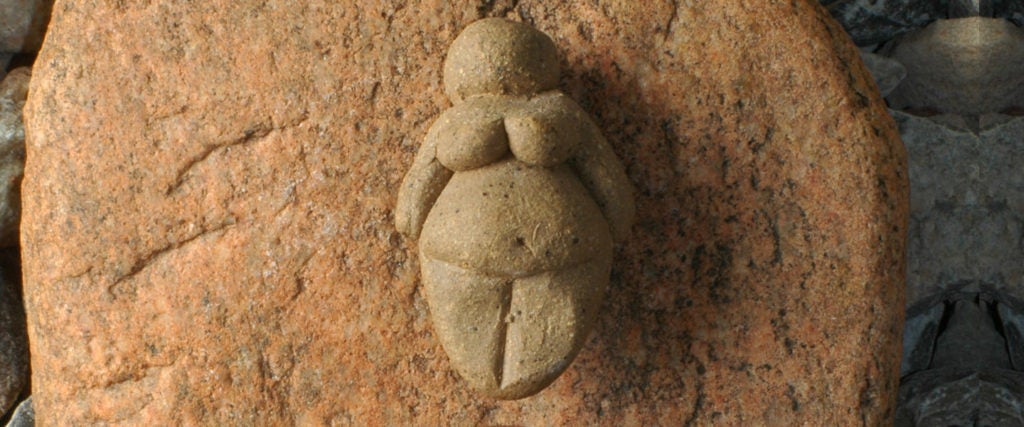Some of the world’s oldest art depicts some positively bodacious women. Often called “Venus” figurines, nearly 200 statuettes averaging around 25,000 years old have been recovered from Europe and Asia, most often portraying women with extremely large breasts, wide hips and thick legs. Naturally, it’s long been assumed that these carvings represent themes of fertility and beauty, but a recent study pushes this analysis further. According to data from the University of Colorado, Aurora and the American University of Sharjah in the United Arab Emirates, the closer these statues were found to a glacier, the thicker they’d be.
By contemporary medical standards, many of these Venus statues portray women that would be classified as “obese,” the researchers say. Considering this body type would have been a rarity among the hunter-gatherers of the period, it seems particularly unusual that this portrayal is as common as it is. Notably, there are no known depictions of “obese” men from the era. But more than representing childbearing or sexuality, the researchers speculate that these statues of women specifically represent survival.
To support this hypothesis, the researchers measured the waist-to-hip and waist-to-shoulder ratios of the statues in order to quantify their curviness. Then, the researchers studied where exactly each statue had been found. Comparing the data altogether, they found that the statues discovered closest to ancient glaciers were among the curviest.
Read Next: We Just Made Another Step Toward the Perfect Gentle Robot Handjob
Considering most of these statues were created during a period of extreme climate change called the Last Glacial Maximum, in which ice sheets covered much of the Earth, causing drought and desertification, abundant-looking bodies reigned supreme. Not only would the opportunity to consume enough food to maintain such a body mass be a rarity, those who were able to would also be more likely to produce healthy children. Body fat provides essential energy to both mother and child during pregnancy, and further aids in successful childbirth and nursing. Not to mention, increased body mass likely helped provide extra warmth for both the woman and her family.
None of these theories behind the Venus statues are too different from our some of our current standards of beauty and sexuality today. Though the label of obesity may carry more stigma, large breasts, hips and butts continue to be appealing, at least from a childbirth perspective. In any case, we may have ancient glaciers and a near-apocalyptic era of perpetual winter to thank.

